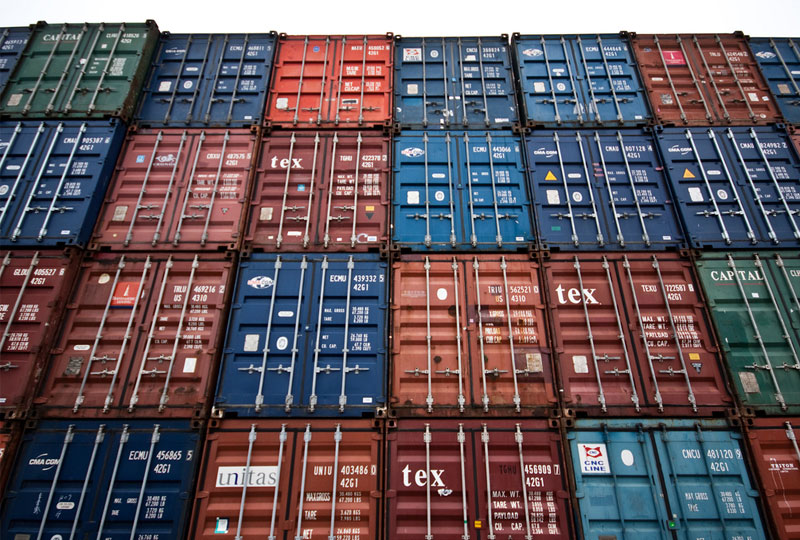Docker has a client server-architecture. The Client sends the command to the Docker Host, which runs the Docker Daemon. Both the Client and the Docker Host can be in the same machine, or the Client can communicate with any of the Docker Hosts running anywhere, as long as it can reach and access the Docker Daemon.
If you’re running Docker for Mac or Windows, or you have Docker Toolbox installed, Docker Machine will be available on your workstation automatically. With Docker Machine, we will be deploying an instance on DigitalOcean and installing Docker there. To do so, we would first create our API key from DigitalOcean, with which we can programmatically deploy an instance on DigitalOcean.
After getting the token, we will be exporting that in an environment variable called “DO_TOKEN”, which we will be using in the “docker-machine” command line, in which we are using the “digitalocean” driver and creating an instance called “dockerhost”.
Docker Machine will then create an instance on DigitalOcean, install Docker on that, and configure the secure access between the Docker Daemon running on the “dockerhost” and our client, which is on our workstation. Next, you can use the “docker-machine env” command with our installed host, “dockerhost”, to find the respective parameters with which you can connect to the remote Docker Daemon from your Docker Client.
With the “eval” command, you can export all the environment variables with respect to your “dockerhost” to your shell. After you export the environment variables, the Docker Client on your workstation will directly connect with the DigitalOcean instance and run the commands there.
For additional details, watch the videos in the original article.







0 Comments